Bankruptcy law is a legal process that gives individuals and businesses a way to deal with serious debt when they cannot repay what they owe. It works by balancing the rights of creditors claims with the protection of debtors who are struggling financially. A bankruptcy order can help people get a fresh start, but it also comes with strict rules and consequences. The process involves the official receiver, who reviews the debtor’s financial situation, and may include an income payment agreement (IPA) or sale of assets. Understanding how bankruptcy works is important before filing, as it affects property, income, and future credit.
Legal Background and Economic Impact
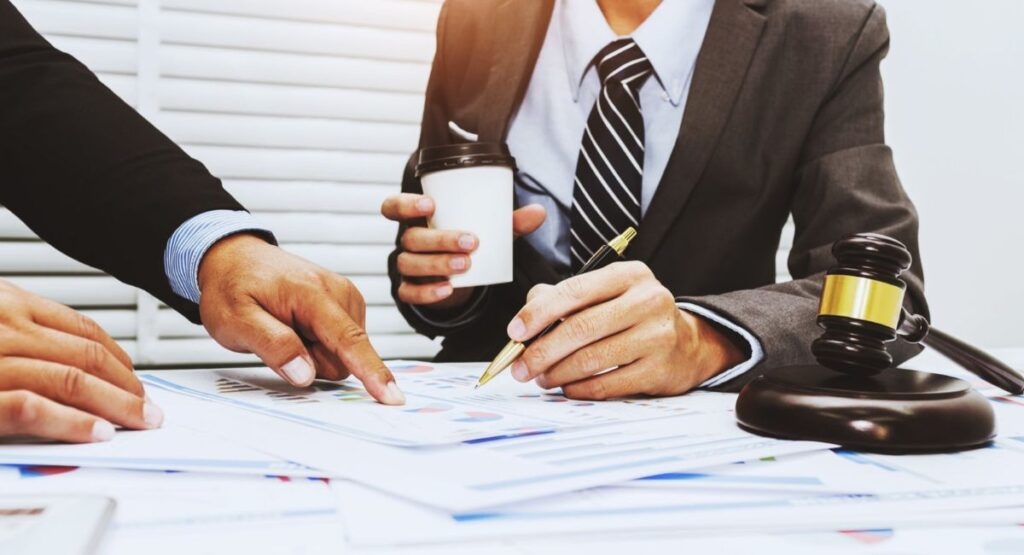
Bankruptcy law in the USA is mainly based on the federal Bankruptcy Code. It works across all states. The law ensures fair treatment of secured creditors, debtors, and the court. It also decides what debts remain as non-provable debts after bankruptcy.
The economic impact is wide. Business failures can lead to business closure bankruptcy, loss of jobs, and lower market trust. But bankruptcy also gives people a chance for a fresh start. It helps restore balance in credit markets and maintains public trust in credit agencies (Experian, Equifax, TransUnion).
Types of Bankruptcy
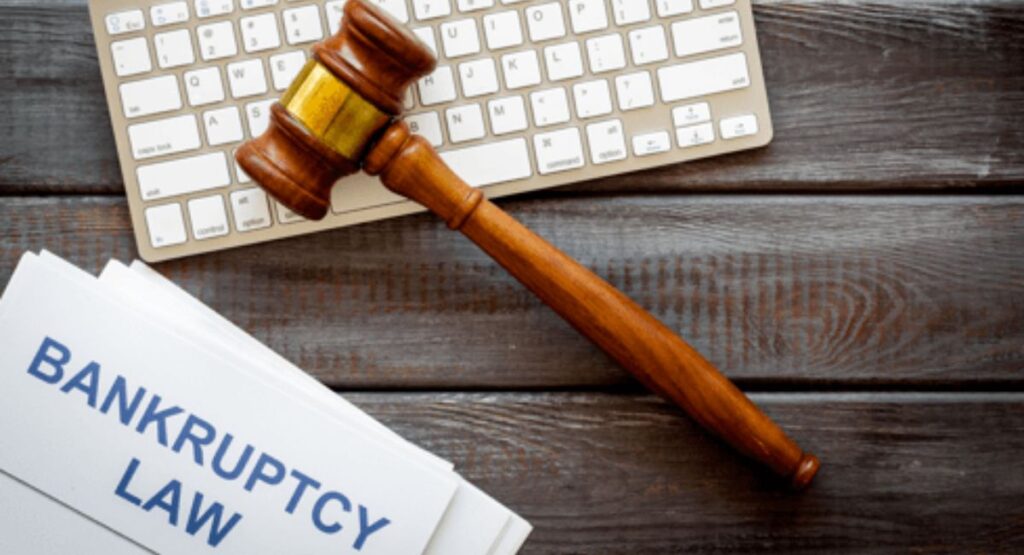
In the USA, there are several types. Chapter 7 is liquidation. The trustee in bankruptcy sells property. Chapter 13 is repayment with a plan. Chapter 11 is for businesses. Each type deals with creditors claims differently.
Some debts, like non-provable debts, remain even after discharge. These include fines or student loans. Debtors must know which debts are canceled and which stay after a certificate of discharge.
Insolvent Circumstances and Conditions
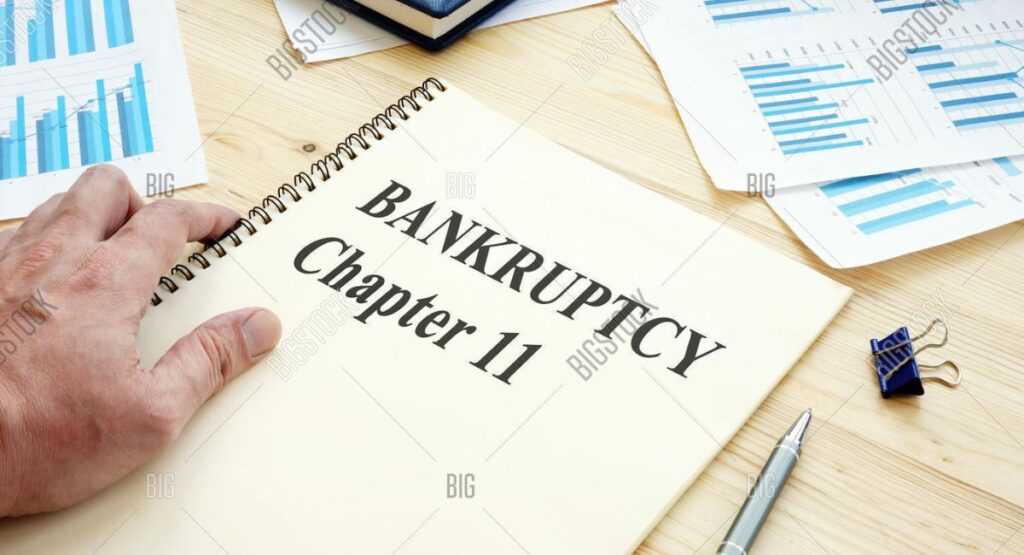
Insolvency happens when expenses are higher than income or when surplus income is not enough to meet debt. If debts cannot be paid when due, a debtor is legally insolvent.
In such cases, a person may apply for bankruptcy online or may be made bankrupt by creditor. Courts then check the assets and liabilities. An interview with official receiver follows. The debtor’s situation is entered into the individual insolvency register.
Bankruptcy Proceedings Explained
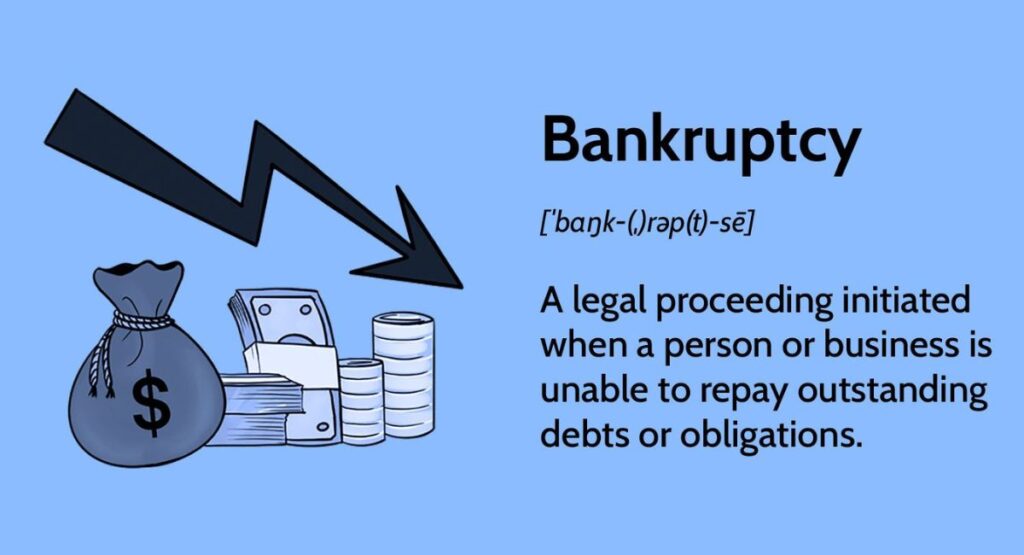
The process begins with filing a bankruptcy petition. After this, the court issues a bankruptcy order. The debtor’s property is managed by a trustee in bankruptcy. They may also need an income payment agreement (IPA) or income payment order (IPO).
The trustee selling assets is a key step. This includes property, cars, or valuable items. Certain things are protected, like motor vehicle exemption, or personal pension. But the court may still use a charging order on property.
The Provincial Insolvency Act, 1920
The Provincial Insolvency Act, 1920 applies in India. It is important for comparison. It defines rules for annulment of bankruptcy, annulment application procedure, and court order for annulment.
It also requires notice in public records, like the Gazette bankruptcy notice. Creditors must file report to creditors and claims in court. These rules still influence bankruptcy law study today.
Bankruptcy Process in England and Wales
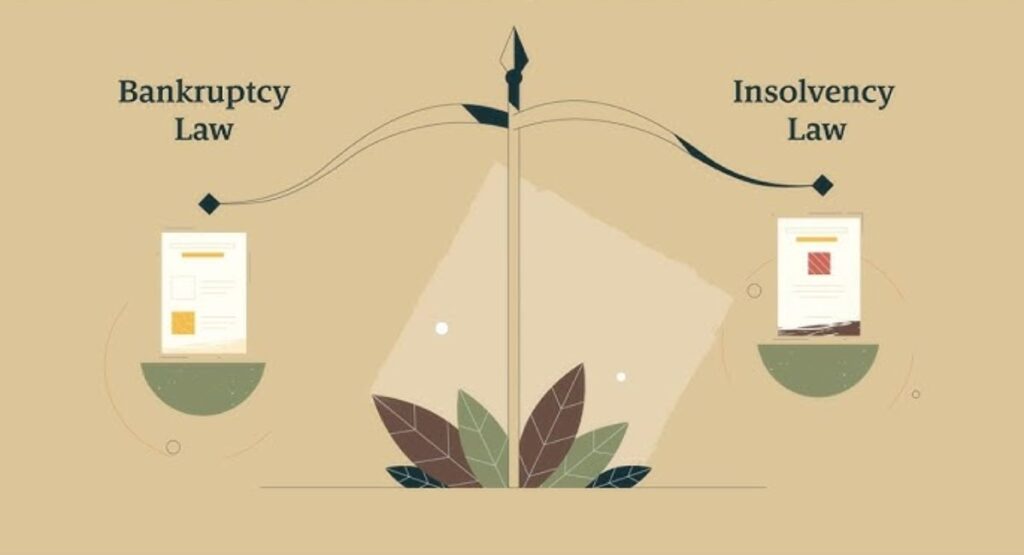
In England and Wales, the insolvency service manages cases. Debtors can apply for bankruptcy online. Once accepted, an official receiver takes charge. They check assets and liabilities and send a report to creditors.
Bankruptcy also affects property. Questions like what happens to your home in bankruptcy, joint property ownership bankruptcy rules, and rented property and bankruptcy are common. Rules also cover pensions, vehicles, and living expenses allowance.
Rights and Restrictions During Bankruptcy
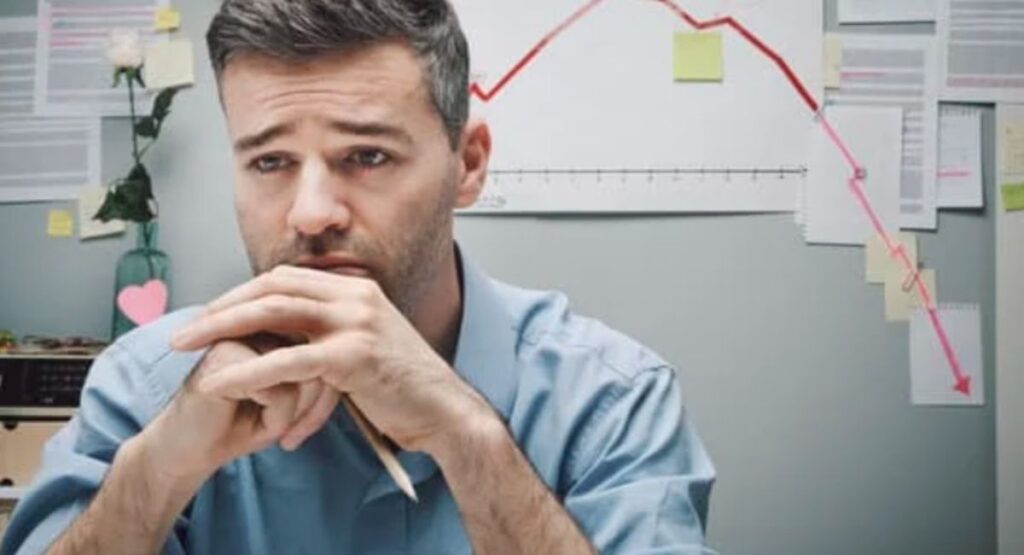
Bankruptcy gives rights like fair treatment of debts and protection from harassment. But it also brings limits. There are bankruptcy restrictions, such as no access to credit over a set limit.
Other restrictions include bank account frozen, problems in opening new accounts, and even opening new bank account after bankruptcy rules. The debtor must tell the official receiver about any changes in their life, such as income, property, or a change of gender during bankruptcy under the Gender Recognition Act.
Modern Issues in Bankruptcy Law
Today, modern issues include pension rights, vehicles, and digital assets. Courts decide what happens to pension after bankruptcy, including occupational pension, personal pension, or stakeholder pension. They also decide on payments from pension scheme and death benefits in bankruptcy.
Cars are another issue. Rules cover vehicle exemption rules, finance agreement vehicle, hire purchase agreement, and even motability vehicle and bankruptcy. Sometimes items like personal number plates are also sold.
Skills and Support in Bankruptcy Cases
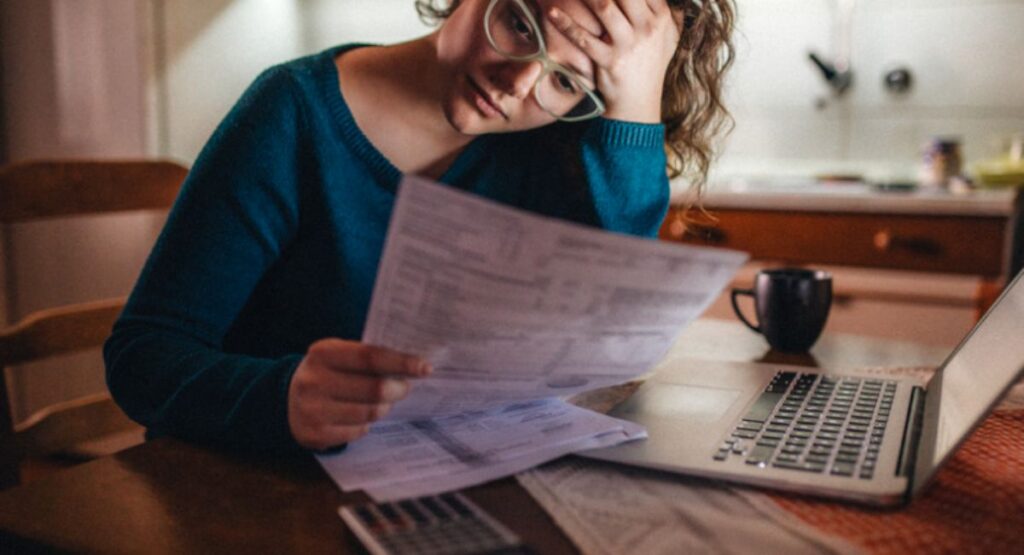
People facing bankruptcy need support. A debt adviser helps explain exceptions to payment rules and guides on individual voluntary arrangement (IVA) as an option.
Support also includes understanding nil tax code (NT), set off rule in banking, or how to prove a proof of discharge from bankruptcy. Many also need legal help for Land Registry restriction, Land Charges Department cancellation, or dealing with advertising bankruptcy in Gazette.
Conclusion
Bankruptcy and insolvency law protects both creditors and debtors. It explains responsibilities during bankruptcy and helps decide on distribution of assets. Though hard, it gives people a chance for recovery.
It is important to know rules about property, pensions, vehicles, and debts. It is also vital to know how to apply, how to deal with the official receiver, and how to prepare for life after bankruptcy. A fresh start is possible with proper guidance and the right legal support.
Other Post
Men Fashion & Lifestyle: 5 Amazing Tips for Casual Wear
Adriel Favela: 5 Shocking Truth About Age & Net Worth
Kathrine Narducci: 5 Amazing Details on Her Age, Career & Fortune
Healthy 365: Proven Lifestyle Habits for Better Living
FAQs
What is the Bankruptcy Act in Pakistan?
In Pakistan, bankruptcy is mainly covered under the Insolvency Act 1920, which guides how individuals and businesses handle insolvency.
What happens when a person declares bankruptcy?
When declared bankrupt, a bankruptcy order is made, assets may be sold, and an official receiver manages debts for fair distribution.
Can Muslims declare bankruptcy?
Yes, Muslims can declare bankruptcy in Pakistan under the law, though Islamic finance encourages debt repayment before seeking insolvency.
What are the three faces of bankruptcy law?
The three faces are liquidation, reorganization, and rehabilitation of debtors.
What are the four steps of bankruptcy?
The four steps include filing a bankruptcy petition, appointment of an official receiver, distribution of assets, and certificate of discharge.